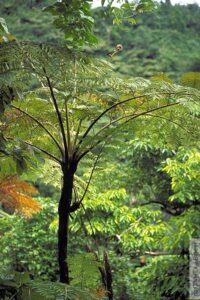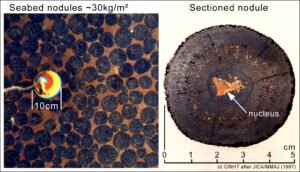Joseph Brider, Natural Heritage Trust.
First published online (16 Feb 2021).
Scattered throughout the Rarotonga inland forest are our Tree-ferns, known locally as Panga. These plants are not trees, they are ferns which have evolved a trunk-like stem to lift their leaves up off the forest floor in order to seek life-sustaining sunlight.
Continue reading →





















